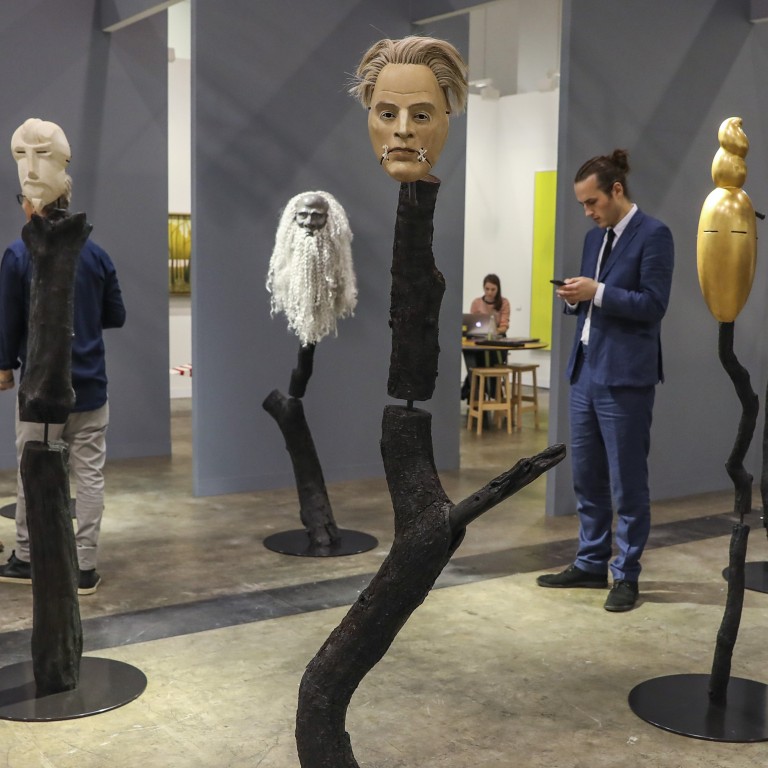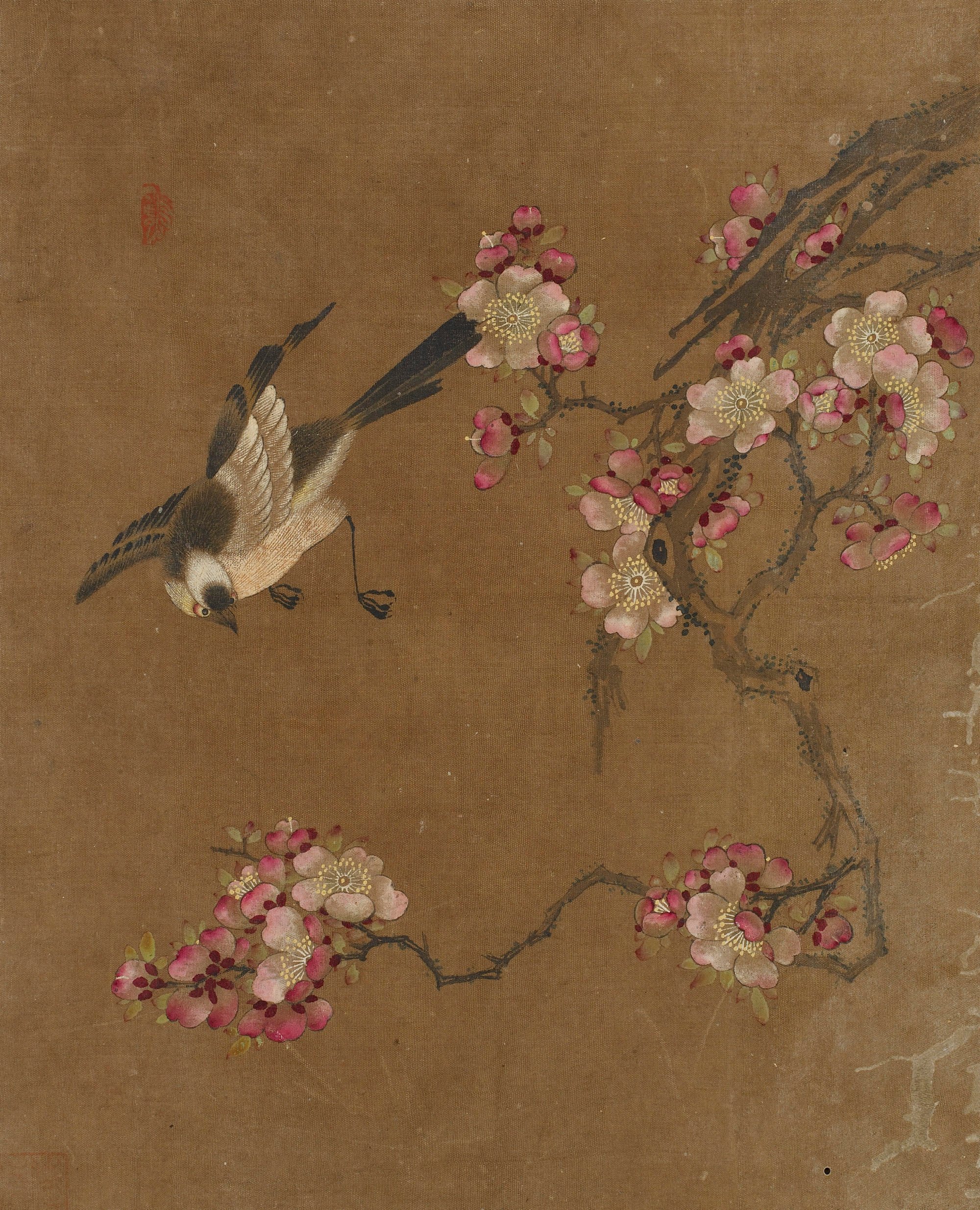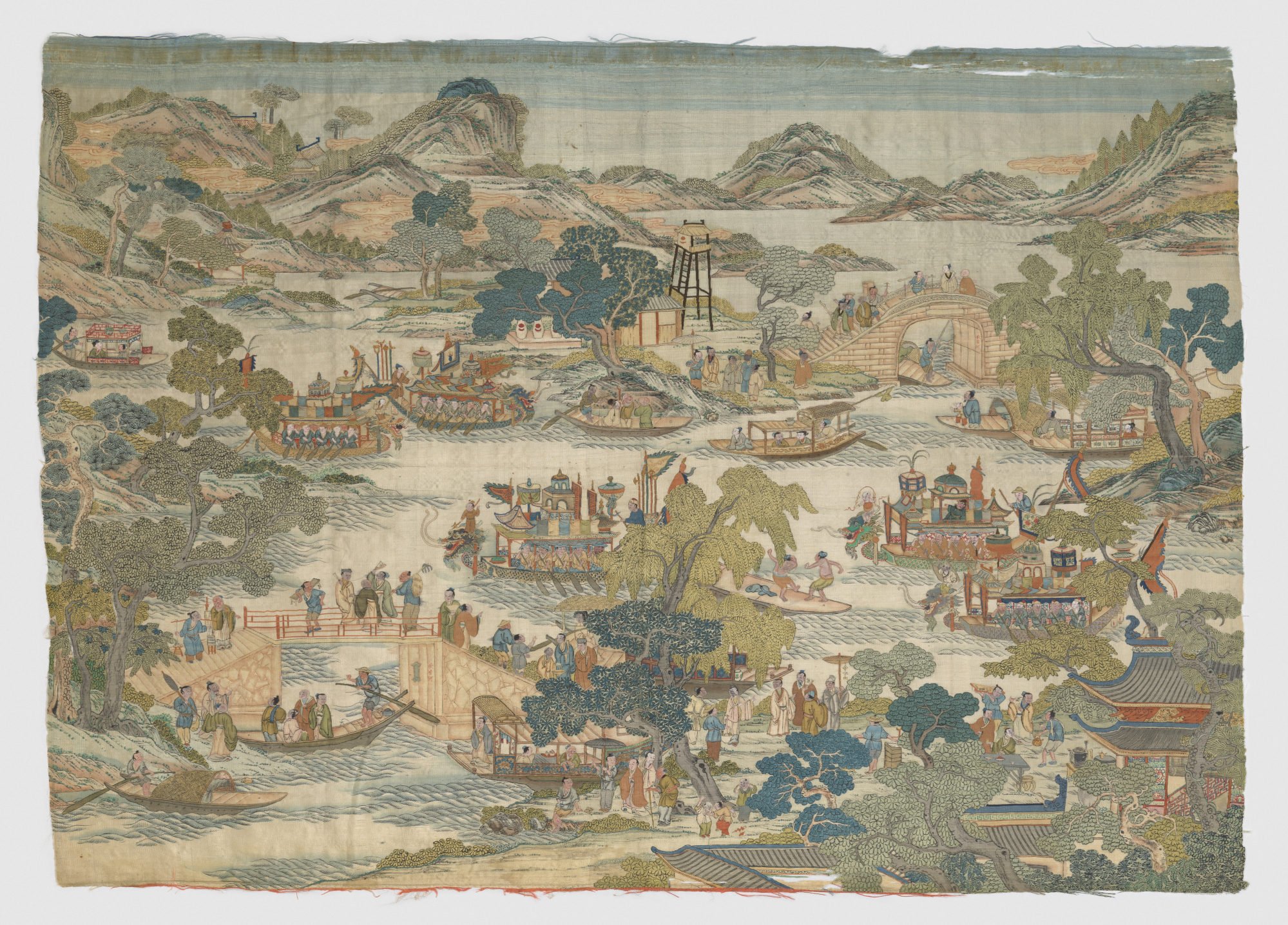
Why Art Basel would have had China’s ancient art scene up in arms over its focus on trade
- Art fairs are about money, but the most highly regarded works of art in premodern China were made for self-expression and the edification of the human spirit
- In the Ming and Qing dynasties, art’s marketisation entered its mature phase and rich merchants became art collectors to flaunt their wealth
Art Basel is back in Hong Kong. Hooray. I often get free passes for these events, and I always feel compelled to go. After five minutes in the event space, however, my eyes glaze over and I think about what I want to eat after this damn thing.
I’m not a Philistine, but you know how these things are. You walk up and down the crowded aisles as you would a supermarket, glancing at and barely registering the merchandise on display.
Meanwhile, armies of eagle-eyed gallery staff are sizing you up to see whether it’s worth their while to approach you with their wares.
You pause a little in front of something that piques your interest, but out of the corner of your eye, you see someone bracing themselves for a sales pitch, and you quickly walk away, in the same way you’d flee an eager salesperson at the kitchenware section of a department store.

Essentially, art fairs are about money. Strip away the rarefied and oftentimes pretentious bubble that the art industry wraps itself in and the features of the marketplace are on full, glorious display at these events: the buying and selling of commodities, the brokers who get a cut from the deals made, the manipulation of supply and demand, the clever marketing of the flavour of the month.
The question that has always vexed artists and art enthusiasts is this: how does one put a price on a piece of art? Wouldn’t a price tag, especially a hefty one, vulgarise and cheapen the creative process?
How does one wax lyrical about an artwork’s “transcendence” and whatnot, and in the same breath, confidently declare it a “good investment” because its price will only go up?
How powerful ancient Chinese cults threatened the regimes of the day
Well, people have been wheeling and dealing in art for centuries.
The marketisation of art in premodern China can be roughly divided into three phases. The first phase, from ancient times until the 5th century, was characterised by a simple transactional relationship.
A person, usually a member of the elite with plenty of disposable income, paid an artist or artists to create a piece of work, which could be a painting, a mural, sculptural art, and so on.
Artworks continued to be commissioned in the second phase, from the early 7th to the mid-14th century, by members of the upper class or religious institutions like Buddhist temples.

In that 700 years of relative stability and unprecedented affluence in China, however, commoners, especially urban dwellers, began to cultivate a taste for art. This demand resulted in the proliferation of professional artists, middlemen and shops that sold artworks.
But for the educated literati, who produced the most highly regarded works of art, the purpose of making art was self-expression and the edification of the human spirit. They held fast to their Confucian disdain for trade, though they were not unaware of the moneymaking possibilities of art.
In the Ming and Qing dynasties (1368-1912), art’s marketisation entered its mature phase as China’s proto-capitalist economy grew into one of the biggest in the world at the time.

Rich merchants became art collectors and patrons of artists to flaunt their wealth and elevate their standing in society.
Artists at this time also began to discard the notion that it was shameful to make money from one’s creations. Indeed, why shouldn’t artists profit from their work?
Of course I do not begrudge artists their livelihoods, but when the prices of art border on the ludicrous, and the works themselves are spoken of as investments like any other financial product, then one has to question if the breathless deference we pay to art is all that necessary.











